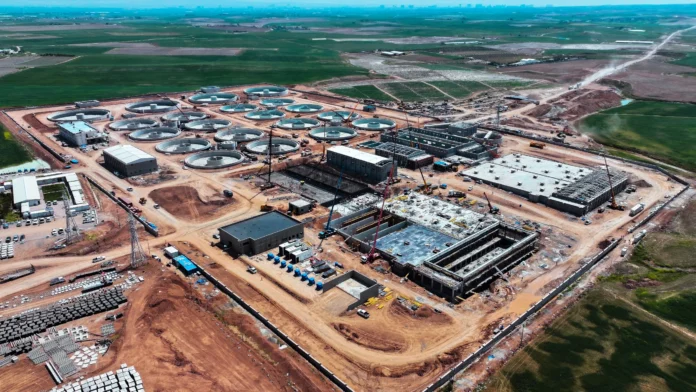The Kurdistan Region has invested nearly one trillion dinars in major water projects during the last six years. This extensive investment in water infrastructure highlights a strategic commitment to addressing both household needs and environmental challenges. With each passing year, demand for clean water continues to rise across cities and rural communities in Kurdistan.
The ninth cabinet of the Kurdistan Regional Government prioritized clean water distribution. As a result, it launched nine major water and sewer projects across urban and suburban areas. These projects aim to deliver safe and consistent water supplies to large populations. The overall plan also seeks to counteract drought effects and improve underground water levels.
In Erbil, the government allocated 480 billion dinars to a fast-track water supply system. Qushtapa received 190 billion dinars for a large-scale water facility. Nearby Goptapa also benefited, with 78 billion dinars dedicated to enhancing its water services.
Meanwhile, the Pirmam region and surrounding zones secured 35 billion dinars to upgrade their infrastructure. Duhok’s Fayda area saw an investment of 50 billion dinars for improved water delivery. In Akre, over 41 billion dinars were directed toward expanding access to fresh water.
Additionally, the government invested 37 billion dinars in a large regional project covering Rania, Chwarqurna, and Hajiawa. The Barzan region witnessed over 30 billion dinars spent on bringing clean water to 51 villages. Darbandi Khan also gained a new water system, with nearly 20 billion dinars spent on its development.
Water infrastructure remains a critical priority. These nine projects demonstrate a focused effort to support thousands of households. Furthermore, each project plays a part in reducing the long-term effects of drought. By modernizing water networks, the government helps protect and replenish vital groundwater sources.
Importantly, the scale of the investment reflects the region’s urgent response to environmental pressures. Year after year, dry spells and climate shifts threaten water availability. Through strategic spending, the region now builds resilience against future shortages. Additionally, better access to water strengthens public health and daily living conditions.
Continued infrastructure spending will likely remain a core pillar of government planning. Clean water access transforms communities, promotes stability, and encourages growth. Moving forward, similar investments will be necessary to meet expanding demand and future challenges.

